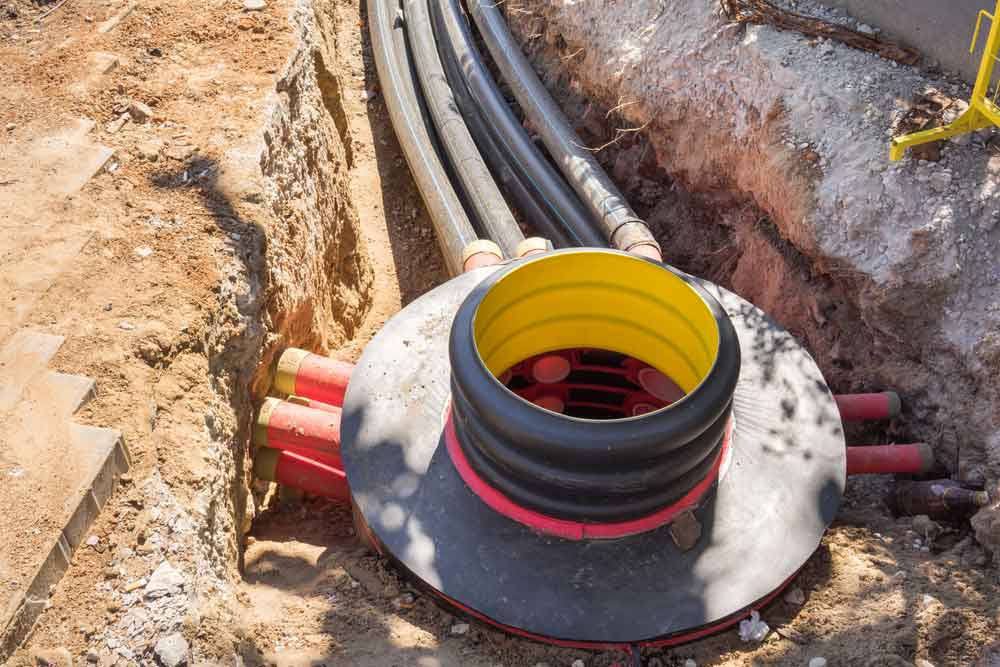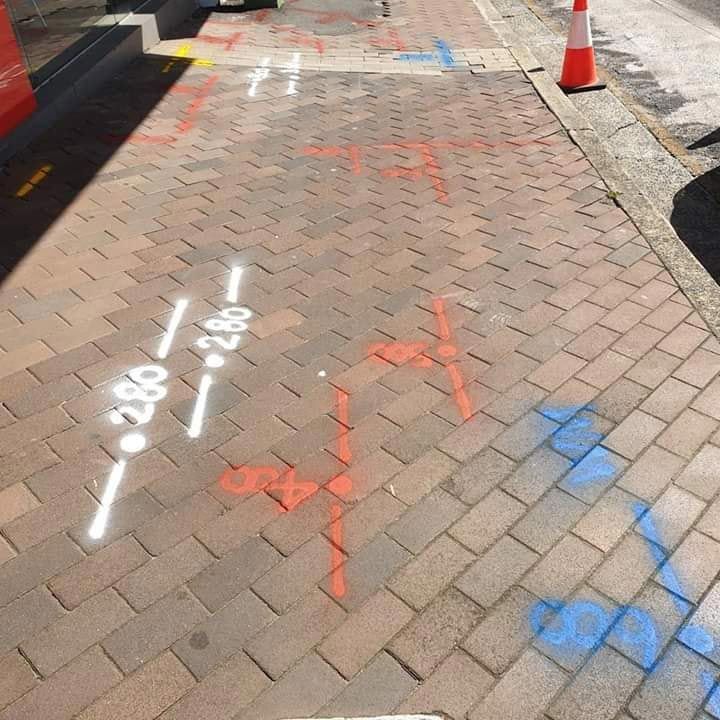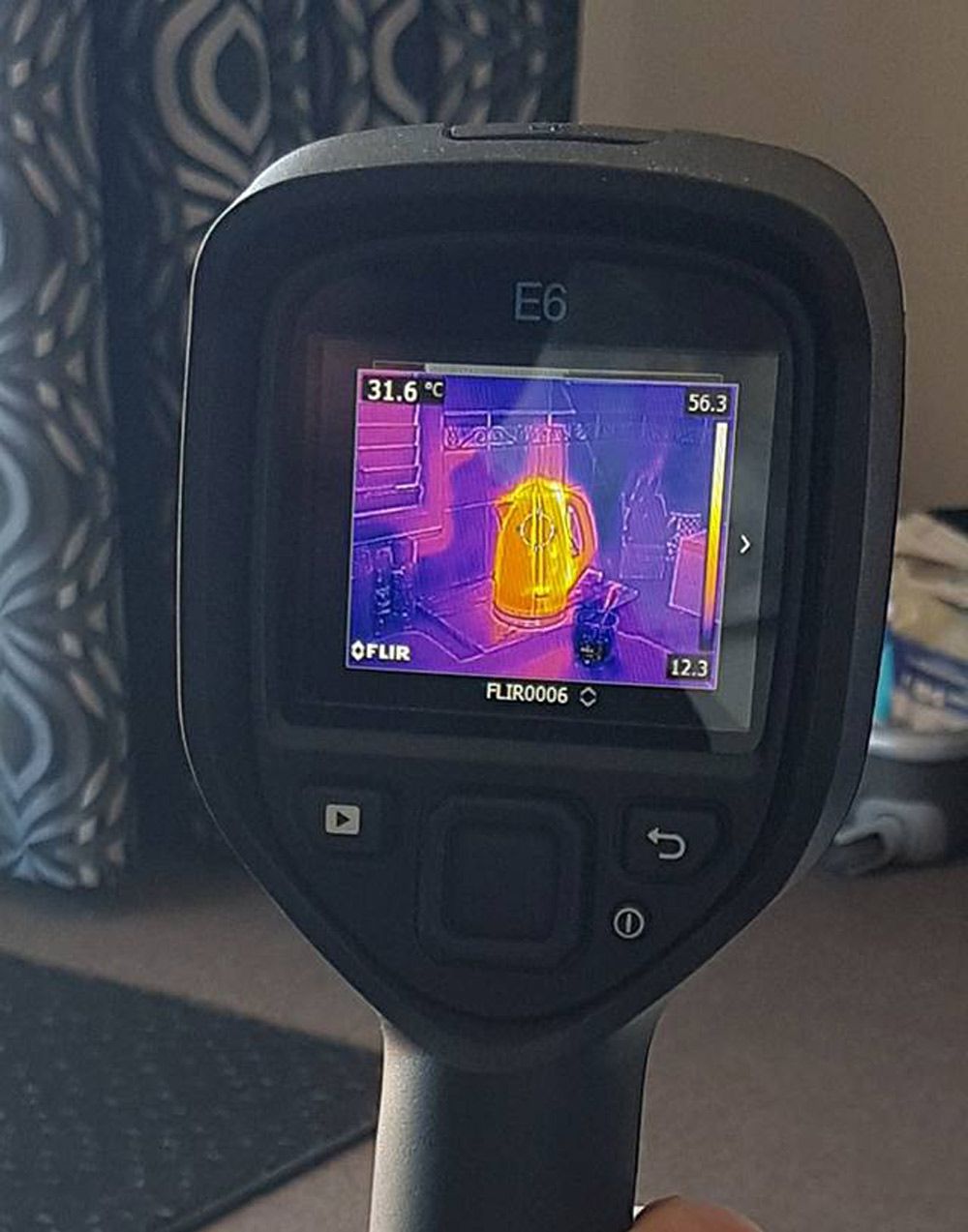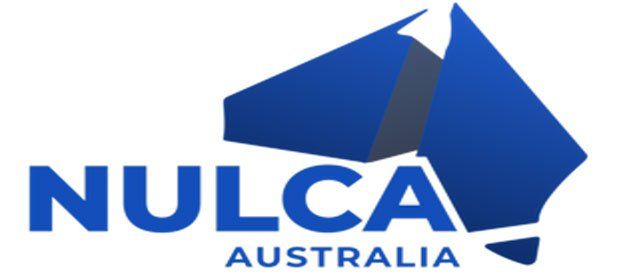How Deep Are Electrical Cables Buried?
Australia has a long history of using electrical cables in the construction of buildings and infrastructure, dating back to the 1880s. As time passed, new regulations and safety standards were developed to ensure that these installations were safe and robust enough for use in modern-day Australia. Today, electrical cabling is buried underground to protect it from damage or theft.
How Deep Are Australian Electrical Cables Buried?
Generally,
electrical cables are between 600mm (2ft) and 900mm (3ft) deep. The depth of burial depends on a variety of factors, including the type of cable installed, the soil in your area and whether equipment such as transformers or switches are being installed with the cables.
According to the Electrical Contractors Association of Queensland (ECQ), there are three main methods for installing underground network cabling: direct burial, excavated trenching and directional boring. In each case, the cable has to be within its conduit pipe or steel tube before it gets laid into place.
What Laws And Regulations Regulate The Depth Of Installation?
The depth of installation depends on the local council and their regulations, as well as any Australian Standards and guidelines for electrical safety. The most important thing you need to do is check with your local council to see what the requirements are for keeping cables buried so that they're not exposed.
See:
Underground Consumer Mains Installation Conditions.
What Types Of Cable Tubes Are Required For Installation?
There are several types of cable tubes that you may encounter. Insulated PVC (polyvinyl chloride) will carry most cables without a problem. It's easy to install, but it can be damaged by rodents or insects if left uncovered. The material itself is also prone to cracking. There are two kinds of insulated PVC tubes—those with internal reinforcement (IR), which makes them stronger, and those without IR, which cost less but aren't as sturdy.
Conditions For Installing
The exact depth of cable burial will vary according to the type of cable and its size. For example, if a power line needs to be under a concrete slab, it may be necessary for this type of cable to be deeper than 900mm below ground level for it not to cause damage when laid by excavation machinery such as an excavator or bulldozer. There are some exceptions in certain conditions, such as the presence of a concrete slab foundation or if it's within 50 metres of a building with potential water ingress levels above 6m.












